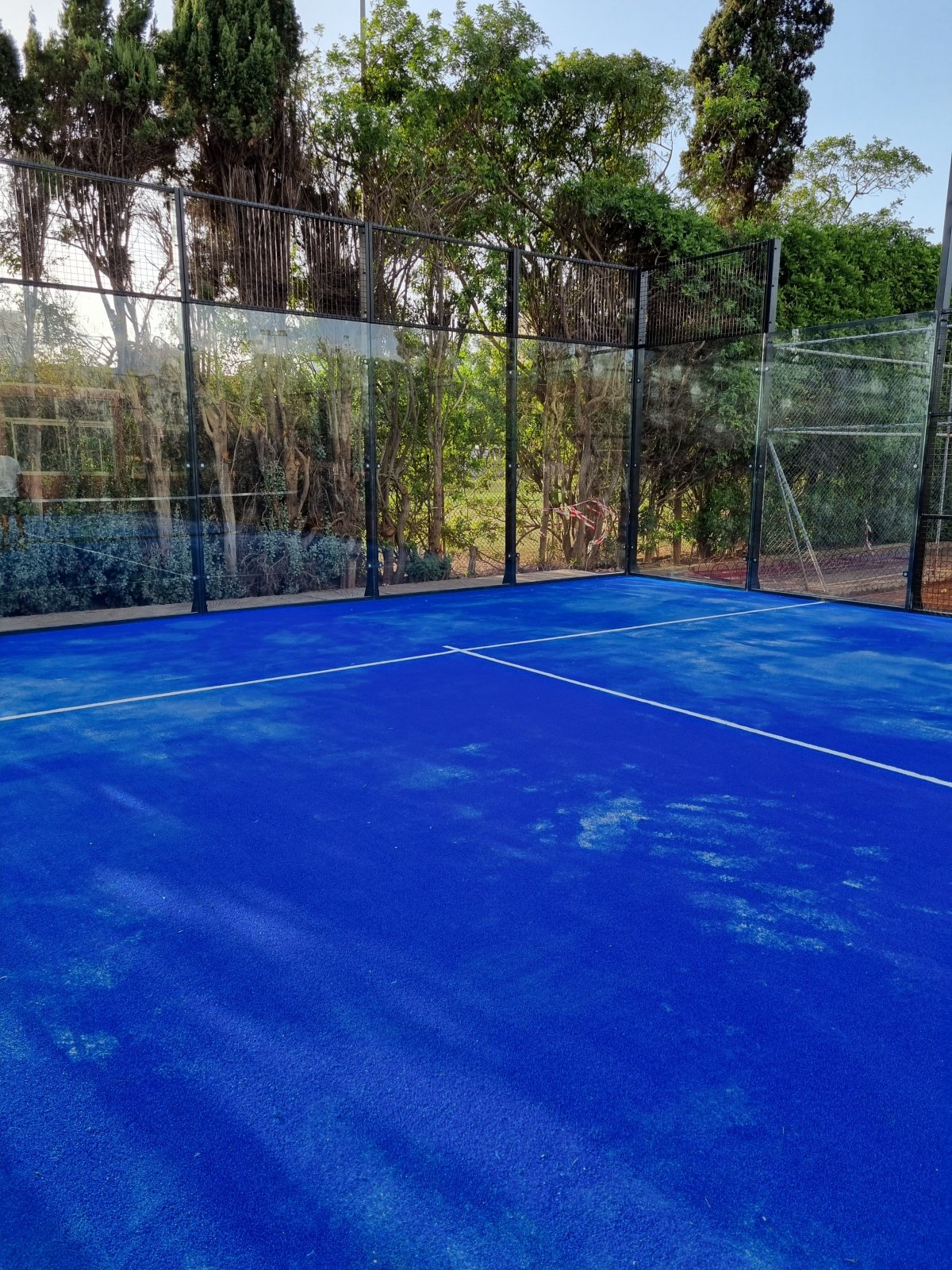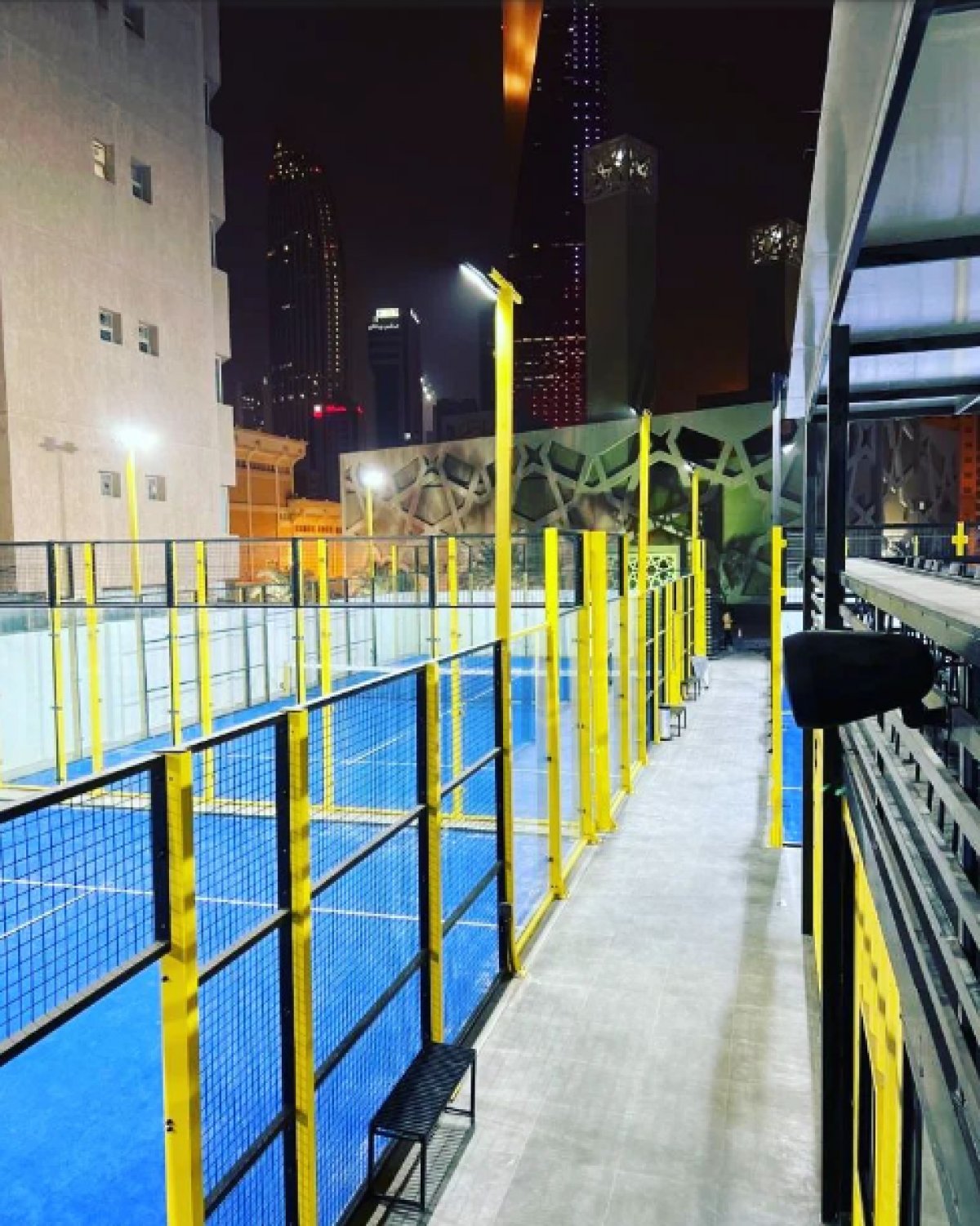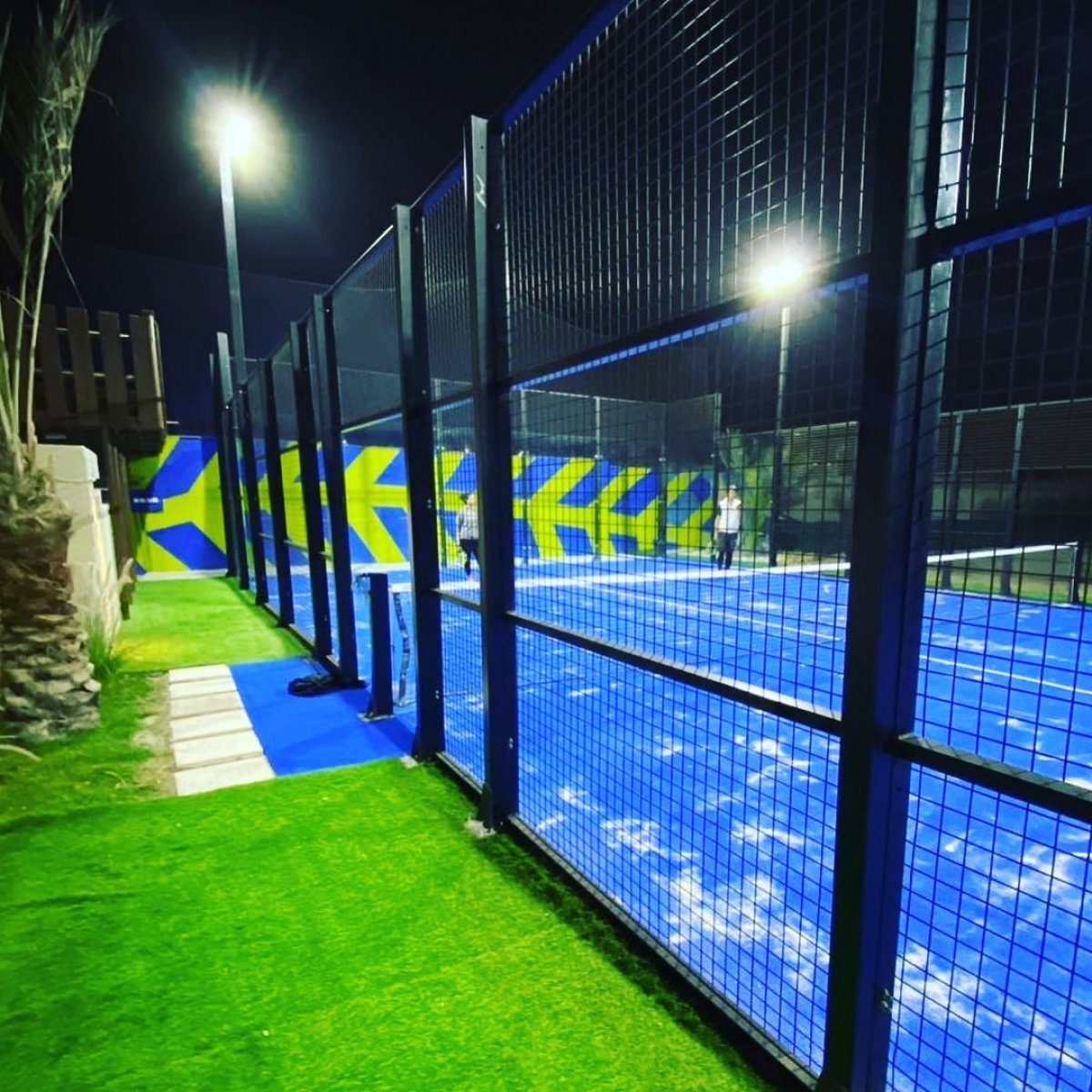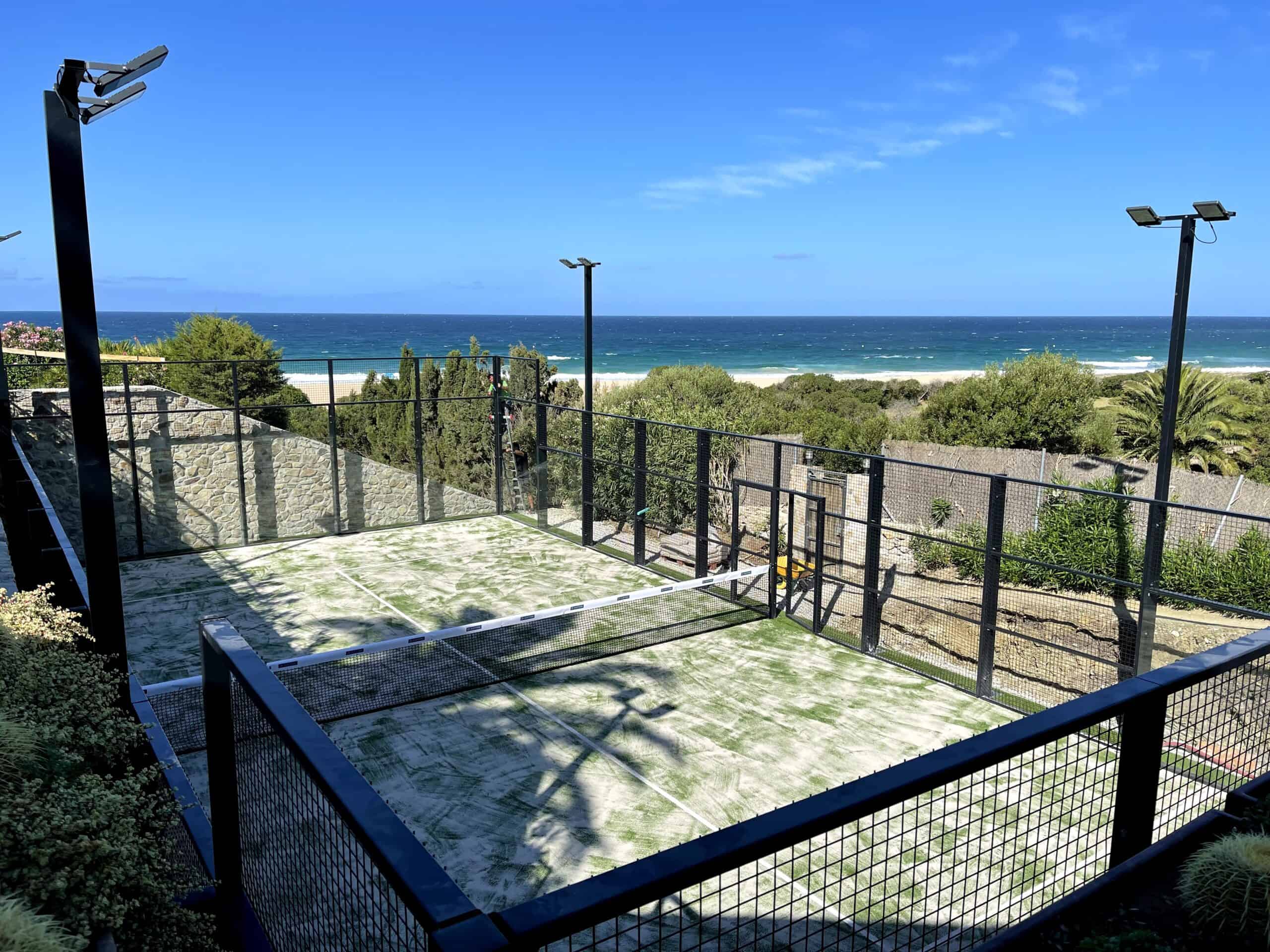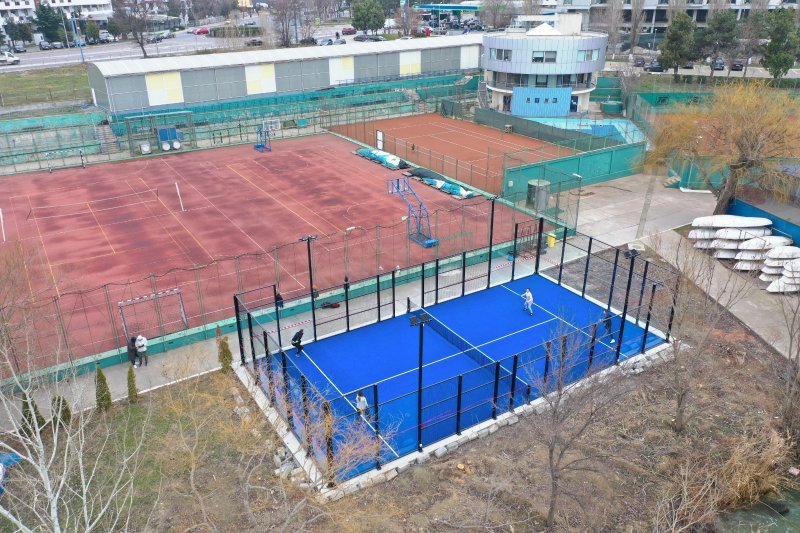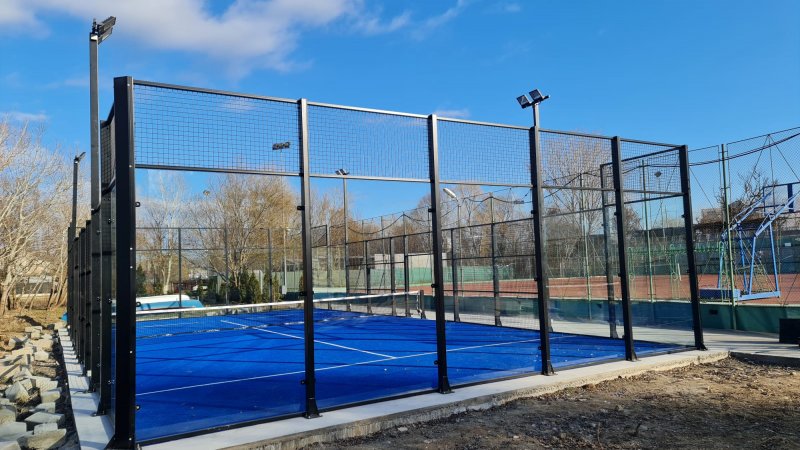BUILD PADEL COURT
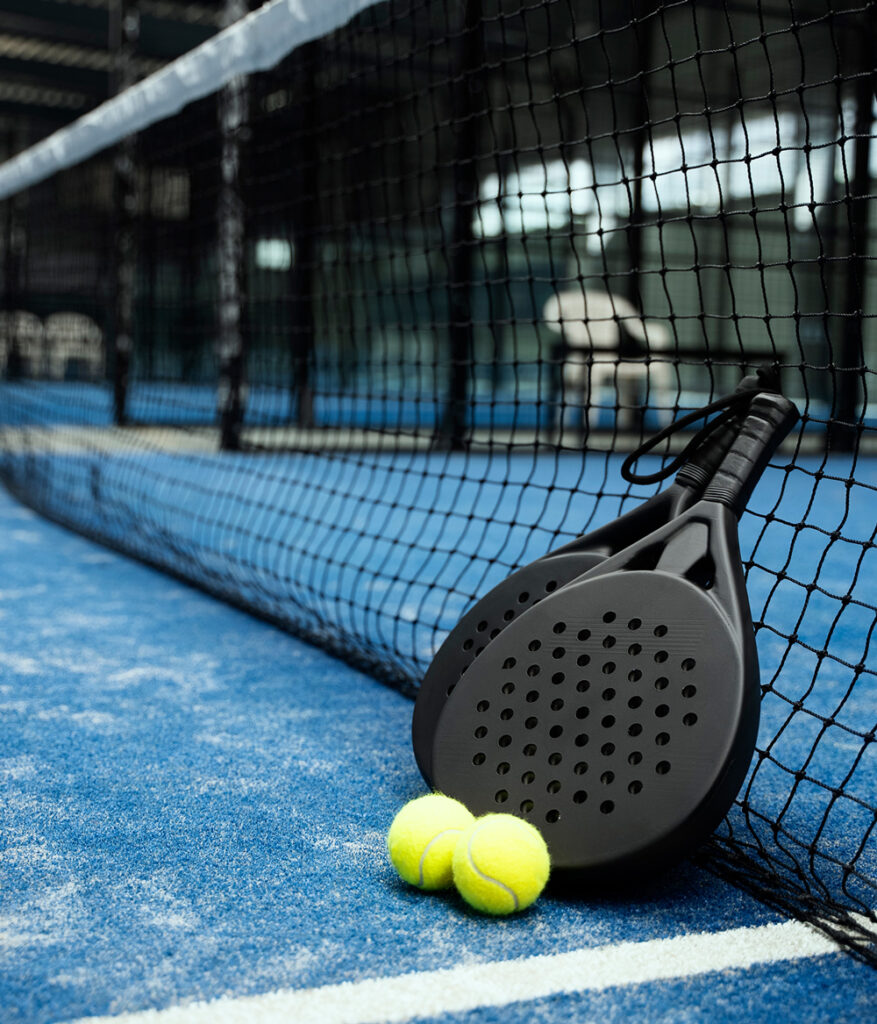
Main advantages of the padel court
Padel is currently the fastest growing sport in the world, with millions of players in around the world. Building a padel court can help you attract new visitors to your facility or offer your guests and customers an exciting new activity.
This can make the process of building a padel court faster, easier and more cost-effective.
Padel courts are smaller than tennis courts, which means that more can be built on the same area.
Padel courts are becoming more popular and can accommodate more players. In addition, the construction and maintenance costs of padel courts are lower, which means a faster return on investment.
Padel courts are smaller than tennis courts, making them ideal for hotels and shopping centres where space is limited.
Indoor
Classic
A traditional padel court design with standard dimensions and features.
Panoramic
A padel court with glass walls that offer a wide-angle view of the surroundings, providing a unique playing experience.
Deluxe
An immersive court with glass walls, offering uninterrupted views and a seamless connection to the surroundings.
Outdoor
Classic
A traditional padel court design with standard dimensions and features
Panoramic
A padel court with glass walls that offer a wide-angle view of the surroundings, providing a unique playing experience.
Deluxe
An immersive court with glass walls, offering uninterrupted views and a seamless connection to the surroundings.
3D model
Current Padel statistics
3 million registered players
150 thousand courts worldwide
30 countries where padel is played
10 million players
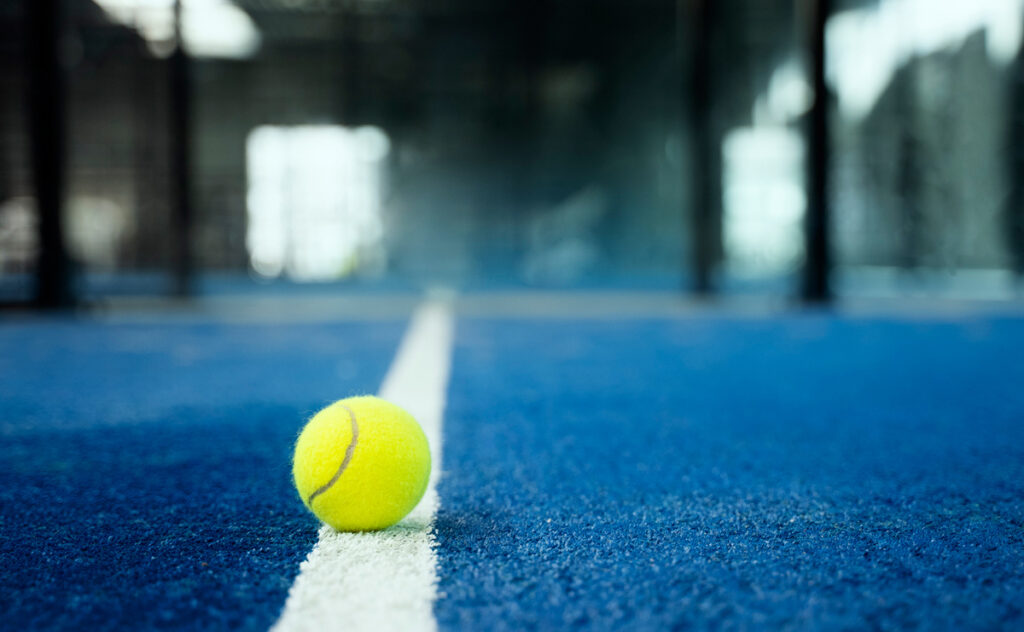
Our services, you receive

Fully turnkey
The complete padel court is built for you by our qualified team.

Standardised court
Our courts meet the standards for playing in official tournaments.

Technical support
Advice on court design and maintenance after installation.

Training for your team
We can help train your coaches and staff.

Complete package
A package with bats and balls for your pitch.

Help with promotion
We help you put together a marketing plan and launch.
Financial analysis of the return on investment
Analysis based on 2022 global Padel Courts data.
Return on investment 1-2 years
Return on padel court investment in just 1-2 years.
Profit growth
Profit can be increased through online court bookings, credit card payments, player credit, court availability and quality.
Sports competitions
You can organise tournaments and competitions on the standard courses we offer, which will bring you additional profits.
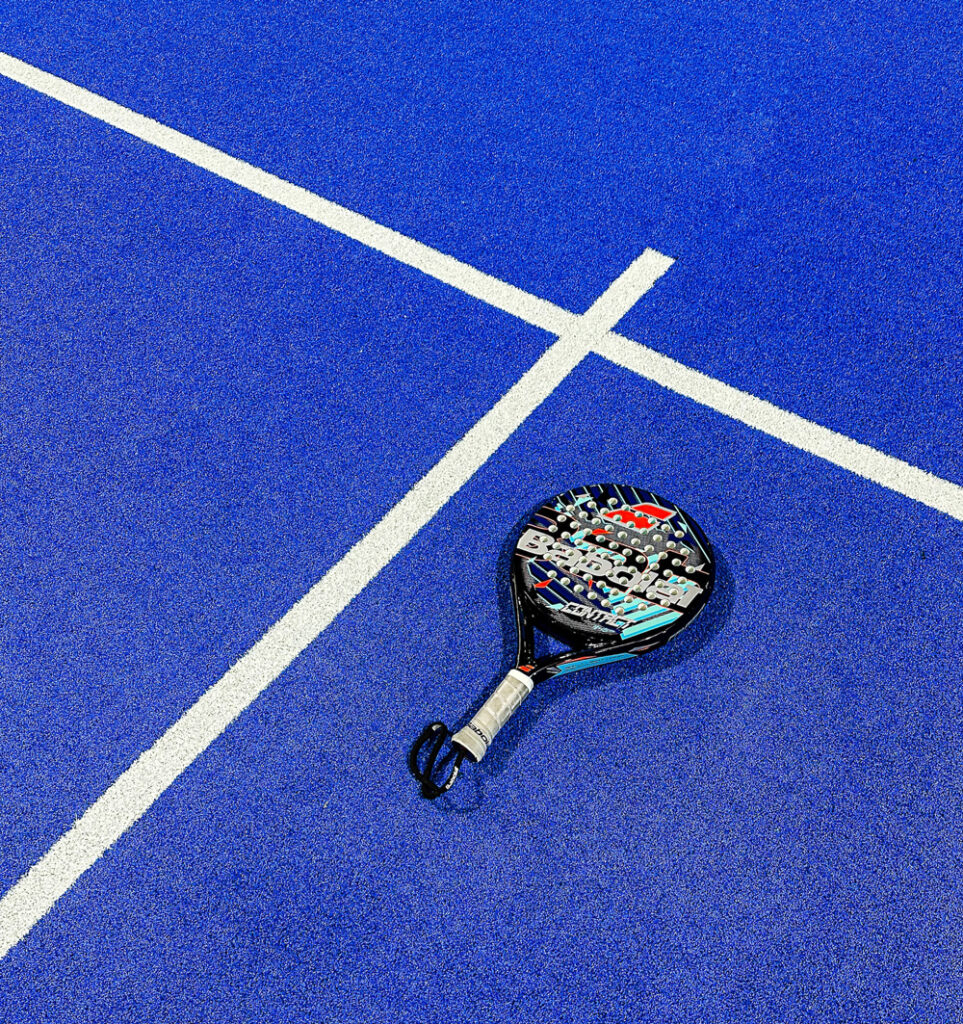
Frequently asked questions
Padel courts are smaller than tennis courts and have been standardised by the International Padel Federation (FIP). The court is rectangular, 20 metres long and 10 metres wide.
The court is divided into two parts by a net 88 cm high in the middle and 92 cm high at the posts. The playing area is enclosed by a 3 m high glass or fence at the back and sides and a 4 m high glass or fence at the front.
On either side of the net are service boxes 4 metres deep and 5 metres long.
width.
The area outside the boundaries of the court is considered “out of bounds” and any ball falling outside these boundaries is considered an out.
Here are some general recommendations on the minimum space requirements for a padel court:
1. The overall dimensions of a standard padel court are 20.12 m x 9.14 m. However, some people prefer to build a slightly larger court to give them more room to move around the court.
2. There should be at least 3 metres of space on each side of the court for players to move around and hit the ball.
3. There must also be enough space behind both baselines and both sidelines to ensure safety and to prevent players from hitting walls or obstacles.
4. The perimeter of the court must be free of any hazards or obstacles that could cause injury to players.
Based on these guidelines, the minimum space requirements for a standard padel court are approximately 23.16 m x 12.19 m. However, the actual space requirements may vary depending on factors such as the specific dimensions of the court and the surrounding area.
When building a traditional padel court, it is important to note that a building permit is required. However, our company offers innovative solutions that allow you to build a padel court without a building permit.
Below is a general timeline for the construction of a padel court:
Site preparation: this includes clearing the area where the court will be built, levelling the ground and ensuring adequate drainage.
Foundations and framing: the next step is to lay the foundations of the track and install the frames for the track surface.
Surface installation: This step involves the installation of the track surface material, which may vary depending on the type of surface chosen.
Installation of fencing and lighting: Once the surface has been installed, fencing and lighting can be added to the pitch to ensure safety and comfort.
Marking the track: The final step is to mark the edges and boundaries of the track.
The last step is the finishing touches and the end of the track. A smaller track may take only a few days to build, while a larger commercial track may take several weeks.
Proper maintenance of a padel court is essential to ensure long life and optimal playing conditions. Here are some tips for maintaining your padel court:
Regular cleaning: Regularly sweep or spray the court surface to remove debris such as leaves and dirt. It is also important to clean up spills or stains on the surface as soon as possible to prevent discoloration or damage.
Keep the surface dry: Ensure adequate drainage and remove standing water on the surface of the track with a squeegee or similar tool after rain or heavy use.
Repair cracks and damage: Check the surface of the track regularly and repair cracks and damage immediately to prevent further deterioration.
Maintenance of fence and lighting: Ensure that the fence is in good condition and the lighting is working properly for the safety and comfort of the players.
Check and adjust the height of the netting: Check the height of the netting regularly and, if necessary, adjust it to the correct height for play.
Adjust the surface of the court: the court surface may wear or fade over time, requiring resurfacing. This can usually be done every 5-10 years, depending on usage.
Hire a professional: Consider hiring a professional track maintenance company to perform regular maintenance and inspections to keep your track in top condition.
By following these maintenance tips and having your court regularly inspected and cleaned, you can help keep your racquet court in good condition and provide a great playing experience for many years to come.
